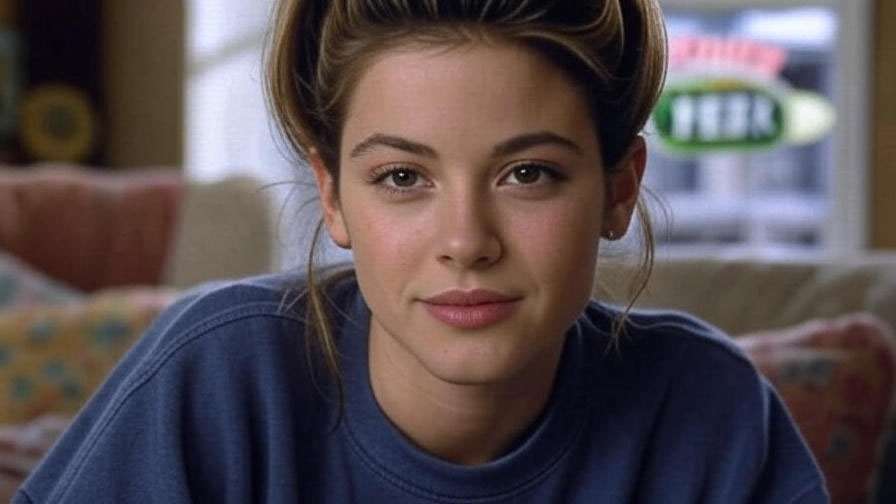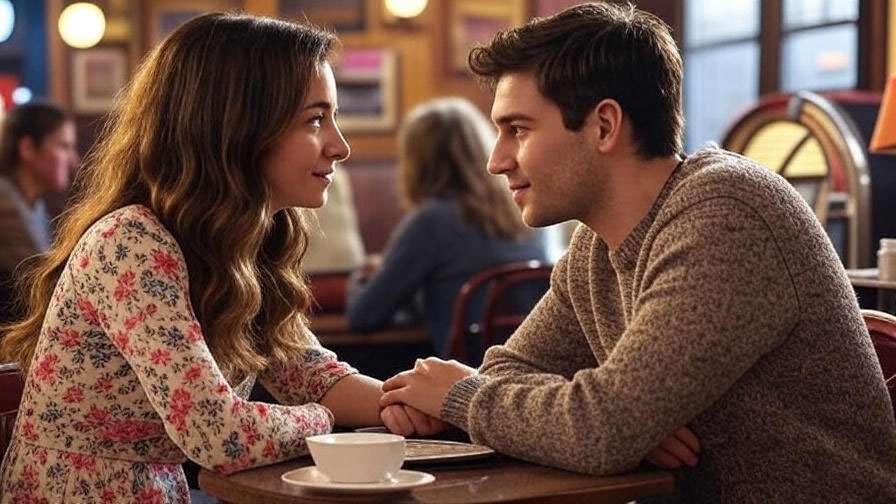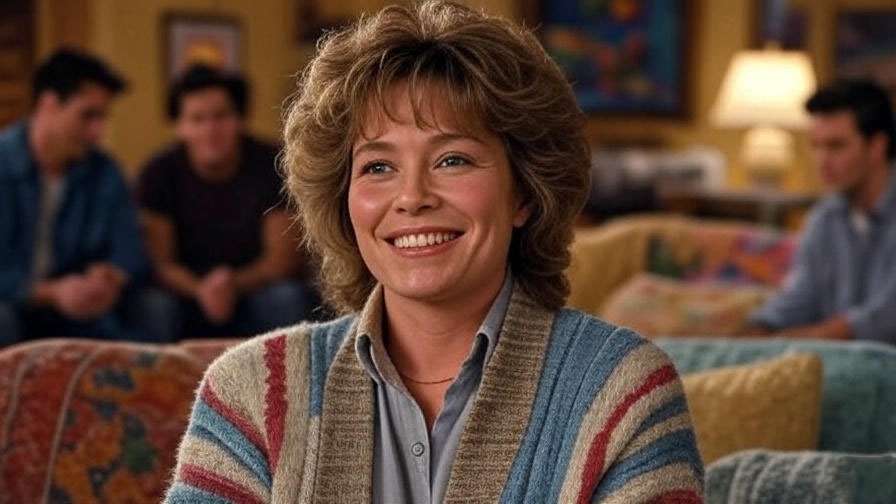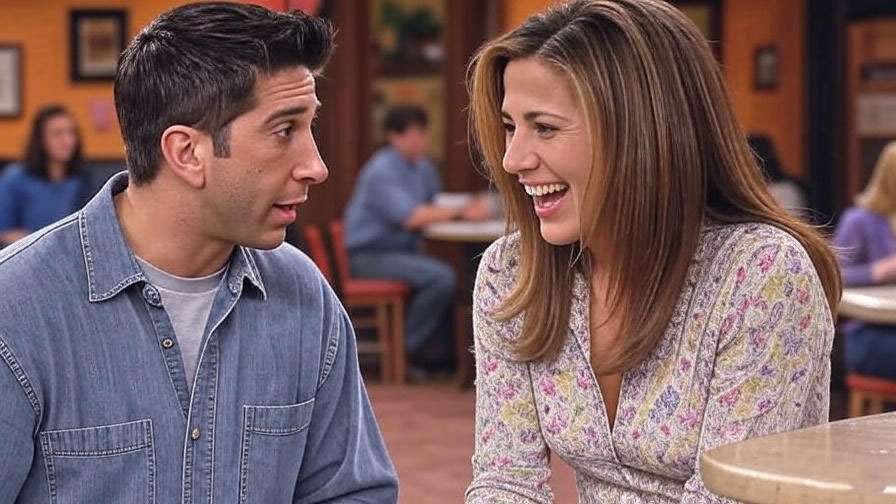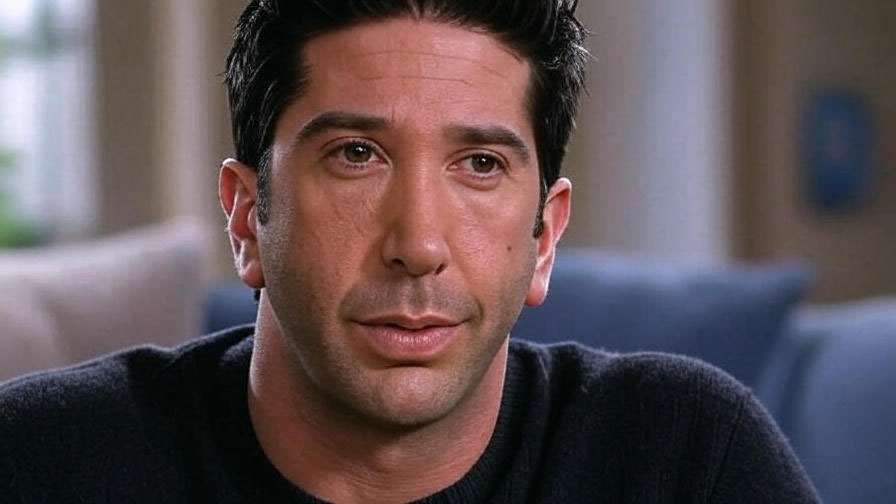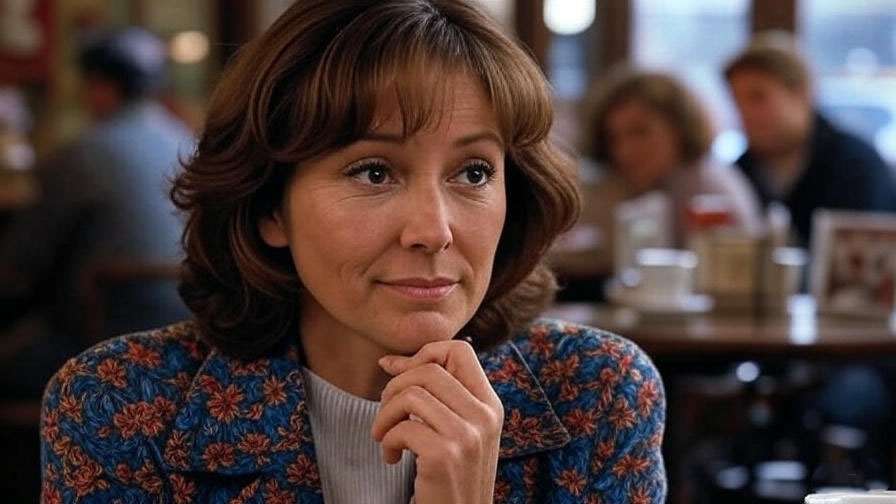The Hidden Layers of Ross Geller’s Story
Fans of Friends love to dissect every little detail about the show — from Ross and Rachel’s on-again, off-again relationship to Joey’s quirky acting career. Yet, a curious phrase continues to pop up in fan discussions and Google searches: “Gina Ross.” Many wonder, Who is Gina Ross? Did Ross Geller have another hidden relationship, or is this a forgotten subplot from Friends?
The answer isn’t as straightforward as you might think — and that’s precisely what makes it fascinating. The “Gina Ross” connection opens a window into how fans interpret and remember iconic shows like Friends, revealing new layers of Ross’s complex personality along the way.
In this deep-dive, we’ll explore the truth behind the Gina Ross mystery, debunk misconceptions, and uncover how this seemingly minor detail tells us something important about Ross — and why Friends continues to spark discussion decades after its finale.
Who Is Gina in Friends — and How Is She Connected to Ross?
Clarifying the “Gina Ross” Confusion
At first glance, searching for “Gina Ross” might make you believe she’s a forgotten character from Friends. Fans regularly encounter snippets on trivia websites or misquoted forum posts that suggest Gina Ross appeared in an episode — perhaps as a classmate, ex-girlfriend, or even a relative of Ross Geller.
But here’s the truth: there is no official “Gina Ross” character in Friends.
The phrase likely emerged from a mix of fan confusion and internet search errors — often blending two separate Friends universes: Ross Geller from Friends and Gina Tribbiani from Joey, the spin-off series that followed Joey’s life after the gang went their separate ways.
Still, the name “Gina Ross” persists in online spaces, fan theories, and even social media captions. That persistence raises a deeper question — why do fans create or misremember such connections?
Debunking the Myths About Gina Ross
To understand the “Gina Ross” phenomenon, let’s look at where the confusion started.
-
No Gina Ross in the IMDb credits: Neither Friends nor Joey lists a character named Gina Ross.
-
No dialogue reference: Ross never mentions a Gina throughout the ten seasons of Friends.
-
No secondary character connection: None of Ross’s relationships, friendships, or university acquaintances link to a character by that name.
So why the persistent search volume around “Gina Ross”?
Because Friends has one of the most dedicated fan bases in television history. Fans analyze every detail, and when unfamiliar names surface — often through misheard lines or cross-series references — theories quickly form. “Gina Ross” became one of these micro-mysteries: a fictional echo born from fandom memory.
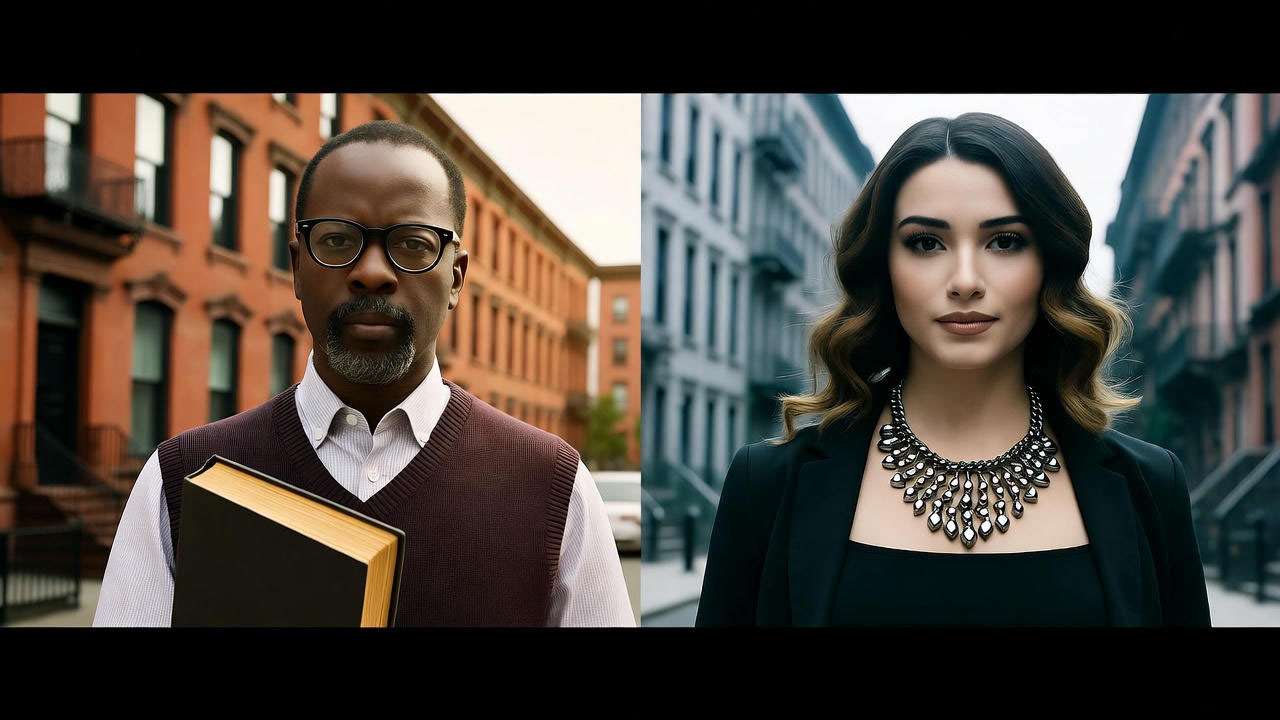
The Real Story — Gina Tribbiani and the Ross Connection
Who Is Gina Tribbiani?
To truly understand this mix-up, we must meet the real Gina — Gina Tribbiani, Joey’s strong-willed sister. She appears not in Friends, but in Joey, the 2004 spin-off centered on Joey Tribbiani’s acting career in Los Angeles.
Gina Tribbiani, played by Drea de Matteo, is bold, fiery, and unfiltered — the polar opposite of Ross Geller’s structured, intellectual personality. Her dynamic personality is what makes fans wonder: What if Gina and Ross had ever crossed paths?
Crossover Context: Could Gina and Ross Have Ever Met?
While Joey is set after the events of Friends, it technically exists in the same universe. This means that, in theory, Gina Tribbiani and Ross Geller exist within the same fictional world, even if they never share the screen.
Fans have speculated about hypothetical interactions between these two characters:
-
Gina’s straightforward attitude clashing with Ross’s pedantic nature
-
Ross attempting to discuss paleontology while Gina interrupts with sarcasm
-
Gina teasing Ross about his divorces — a comedic goldmine if it ever happened
While these interactions never took place, the idea of Gina Ross (a mental fusion of the two characters) reflects fan curiosity about “what could have been.”
Fan Discussions That Sparked the “Gina Ross” Theory
A quick look through Friends fan forums, Reddit discussions, and trivia comment sections shows how the term “Gina Ross” caught on.
-
Some fans mistakenly remember Gina Tribbiani as a Friends side character.
-
Others assume Ross dated or mentioned a Gina at some point.
-
Fan-fiction communities even explore crossover scenes featuring Ross and Gina.
This is more than just confusion — it’s a fascinating look into how deeply fans internalize and expand the Friends universe.
By merging two unrelated names, fans unintentionally created a “Gina Ross” archetype — one that invites us to examine how memory, nostalgia, and storytelling interact.
What This Connection Reveals About Ross’s Character
Ross’s Relationships and Personality Patterns
Ross Geller, portrayed by David Schwimmer, is one of the most intricately written characters in Friends. He’s brilliant yet socially awkward, passionate yet insecure, and deeply emotional beneath his scientific demeanor.
Throughout the series, Ross’s relationships — with Carol, Rachel, and Emily — follow a clear pattern: he’s drawn to strong, opinionated women who challenge his worldview.
That’s exactly why the idea of a “Gina Ross” pairing intrigues fans.
If Gina Tribbiani, a confident and outspoken woman, had entered Ross’s world, their contrasting personalities could have sparked both humor and self-reflection for Ross. She could have been the ultimate foil — highlighting his rigidity while forcing him to loosen up.
Ross’s Growth Throughout Friends
From the pilot episode to the finale, Ross evolves tremendously. He begins as a heartbroken man recovering from divorce and ends as someone who finally finds emotional maturity and stability.
Ross’s character journey can be divided into three key arcs:
-
Romantic uncertainty (Seasons 1–4) – His pining for Rachel and awkward dating life define this era.
-
Emotional volatility (Seasons 5–7) – Jealousy, failed marriages, and self-doubt show his internal struggles.
-
Growth and resolution (Seasons 8–10) – Fatherhood and reconciliation with Rachel mature his emotional depth.
The “Gina Ross” theory, though fictional, invites fans to reflect on these phases and imagine how Ross might have reacted to a personality completely outside his comfort zone — perhaps even accelerating his personal growth.
The Importance of Misremembered Details in Understanding Ross
The persistence of “Gina Ross” as a search term proves one thing: Ross is a character who leaves a lasting impression.
Even imagined or misremembered relationships seem plausible because Ross’s journey feels authentic and relatable. Fans project real emotions onto him — heartbreak, self-doubt, awkwardness — making him one of television’s most human characters.
So while Gina Ross never existed, the idea of her enriches Ross’s legacy by highlighting how real he feels to viewers.
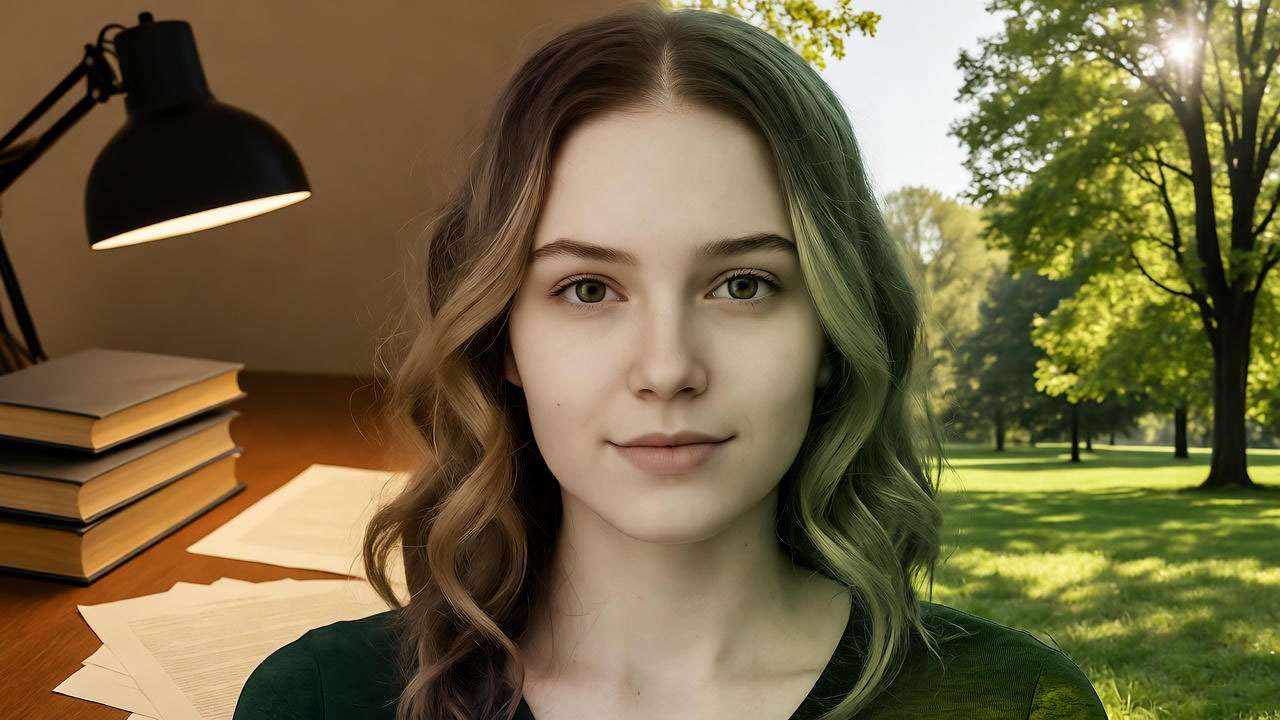
The Broader Impact of Minor or Misinterpreted Characters in Friends
Why Fans Invent or Blend Characters
The “Gina Ross” case isn’t unique. Fans of long-running shows often blur lines between characters or invent new ones — a natural byproduct of nostalgia and deep emotional investment.
In Friends, where each character’s life intertwines across hundreds of episodes, it’s easy to mix memories. A passing line about someone’s sibling, or a fleeting mention of an ex, can evolve into full-fledged fan theories years later.
How These Theories Keep Friends Alive in Pop Culture
Even decades after Friends ended, its cultural footprint remains massive — largely thanks to fan engagement. Theories like “Gina Ross” keep discussions alive on TikTok, Reddit, and YouTube.
These micro-mysteries invite both old and new viewers to rewatch episodes, seeking clues or confirmation. In doing so, Friends maintains its status as not just a show, but a shared cultural language.
Expert Insights — Why the Gina Ross Confusion Matters
From a Pop Culture Perspective
Pop culture experts often point out that the persistence of fan-made concepts like “Gina Ross” demonstrates how Friends has transcended its original storytelling boundaries. Even two decades after the show ended, fans are still creating narratives, reinterpreting details, and filling gaps in ways that keep the series alive in collective memory.
According to television historians, this kind of fan participation — where audiences mentally expand the fictional universe — is a powerful indicator of cultural longevity. The Friends fandom treats its characters as living entities, capable of growth beyond the screen. “Gina Ross,” though nonexistent, represents how deeply embedded these characters are in pop culture consciousness.
From a Character Development Standpoint
From a storytelling perspective, “Gina Ross” also sheds light on Friends’ mastery of characterization. Every main and secondary character feels distinct, fully realized, and believable. That’s why audiences can easily imagine hypothetical interactions that never occurred — like Ross meeting Gina Tribbiani.
Ross Geller’s character is especially conducive to this kind of imaginative crossover because he’s such a blend of strengths and flaws. He’s intelligent, loyal, and sensitive, yet frequently oblivious and over-analytical. Introducing someone like Gina into his world — even as a fan theory — exposes how his character might have handled someone utterly unlike him: bold, brash, and street-smart.
This contrast enriches our understanding of Ross. It shows that Friends built characters dynamic enough to sustain endless reinterpretation — a hallmark of great television writing.
Audience Psychology Behind Memory and Nostalgia
Psychologists studying media nostalgia explain that memory plays tricks on devoted viewers. Over time, the emotional connection to a show like Friends can distort factual recall. Viewers might “remember” moments or relationships that align with how they feel about a character, even if they never happened.
This is known as the “Mandela Effect” in pop culture memory — when large groups of people share a false but collective memory. The “Gina Ross” phenomenon fits this pattern perfectly. Fans collectively “remember” Gina Ross because the concept feels right — it fits the logic of Ross’s world and the personalities around him, even if it’s purely imagined.
In other words, Friends was written so authentically that audiences continue building emotional memories around it, sometimes blurring the line between canon and imagination.
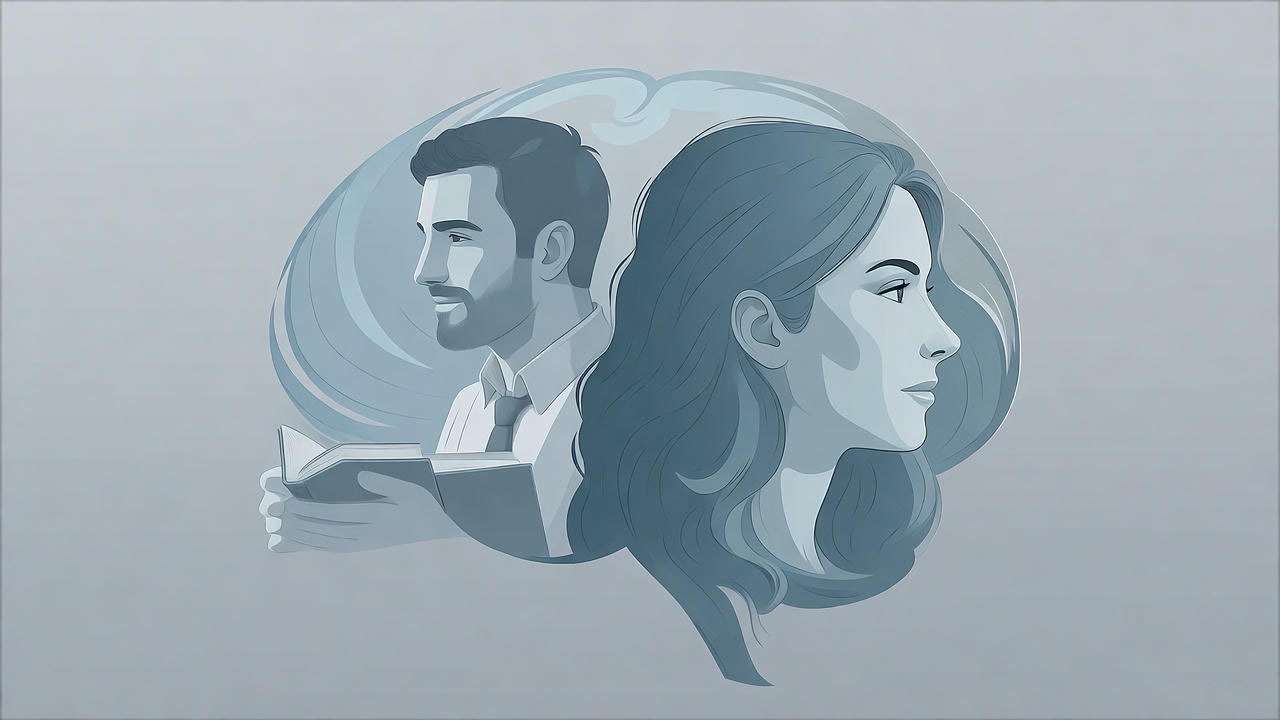
Fun Facts and Trivia About Ross Geller
To further appreciate Ross’s character — and why fan-created theories like “Gina Ross” persist — let’s revisit some fascinating trivia that deepens his legacy.
-
David Schwimmer was the first actor cast for Friends. The creators, Marta Kauffman and David Crane, wrote the role of Ross specifically with him in mind.
-
Ross’s profession — paleontology — was inspired by the writers’ desire to contrast an intellectual background with sitcom humor.
-
Ross’s quirks were often improvised. Schwimmer’s unique blend of physical comedy and awkward delivery shaped Ross’s identity, from his “pivot!” scene to his over-the-top reactions.
-
Ross’s wardrobe reflected his emotional state. His muted colors and sweater vests mirrored his cautious personality, while his later seasons incorporated more relaxed tones, signaling growth.
-
Fans once ranked Ross as both the most relatable and the most frustrating character. His contradictions make him one of television’s most human portrayals.
These details remind us why Ross remains such a deeply analyzed character — and why imagined relationships like “Gina Ross” continue to intrigue fans.
What We Can Learn from the Gina Ross Phenomenon
The Power of Fandom Imagination
The endurance of the “Gina Ross” theory highlights the incredible creativity of fandom communities. Fans don’t just consume Friends — they co-create its legacy. Through discussions, theories, and fan fiction, they add new emotional and intellectual layers to the show’s universe.
Fandom imagination transforms passive viewing into active storytelling. In this context, “Gina Ross” becomes more than a search error — it’s a fan-created doorway to re-examining Ross’s complexity.
The Depth of Friends’ Characterization
Few sitcoms have achieved the depth of Friends. Each of its six main characters is so distinct that even imagined crossovers feel plausible. The richness of its writing allows theories like “Gina Ross” to emerge naturally — the characters are real enough that viewers can picture them in endless scenarios.
This phenomenon also shows that Friends was not just about laughter; it was about human connection, emotional growth, and imperfection — the very traits that make characters timeless.
Why Ross Still Fascinates Viewers Decades Later
Ross Geller remains one of television’s most discussed characters because he represents the eternal struggle between logic and emotion. He’s intelligent but insecure, confident yet clumsy — a perfect blend of strengths and vulnerabilities.
In many ways, “Gina Ross” symbolizes Ross’s enduring complexity. Fans continue to reinterpret him, analyze his decisions, and imagine new dynamics because Ross’s story still resonates with real-life experiences — love, growth, mistakes, and redemption.
FAQs About Gina Ross and Friends
Is there a character named Gina Ross in Friends?
No. There is no character officially named Gina Ross in Friends or Joey. The name likely arose from fan confusion between Ross Geller and Gina Tribbiani, Joey’s sister in the spin-off series.
Who is Gina Tribbiani, and how is she related to Joey?
Gina Tribbiani, played by Drea de Matteo, is Joey’s sister in Joey. She’s confident, outspoken, and protective of her son Michael — a sharp contrast to the personalities of most Friends characters.
Did Ross and Gina ever meet in Friends or Joey?
No. Friends ended before Joey began, and there are no crossover scenes or references connecting Ross and Gina directly.
Why do fans search for “Gina Ross”?
Fans often remember or encounter the term “Gina Ross” online due to cross-referenced content, trivia mistakes, or fan theories merging the two characters’ names.
What does this theory tell us about Ross’s popularity?
It highlights how deeply fans connect with Ross’s character. Even imagined stories about him continue to inspire analysis, discussions, and creative exploration — proof of Friends’ lasting emotional impact.
Conclusion — Rediscovering Ross Through the Gina Ross Lens
So, who is Gina Ross?
Officially, no such character exists — but her imagined presence has become a lens through which fans rediscover Ross Geller.
The “Gina Ross” theory isn’t about uncovering a hidden episode or forgotten character; it’s about understanding why Ross continues to live rent-free in our cultural imagination. It shows how Friends’ storytelling was so rich that fans keep expanding it decades later.
By blending nostalgia, memory, and curiosity, viewers turned a non-existent name into a thought-provoking insight into one of the most beloved sitcom characters ever written.
In the end, “Gina Ross” reminds us of one thing:
Sometimes, the stories that fans create say just as much about a show’s power as the ones its writers intended.






